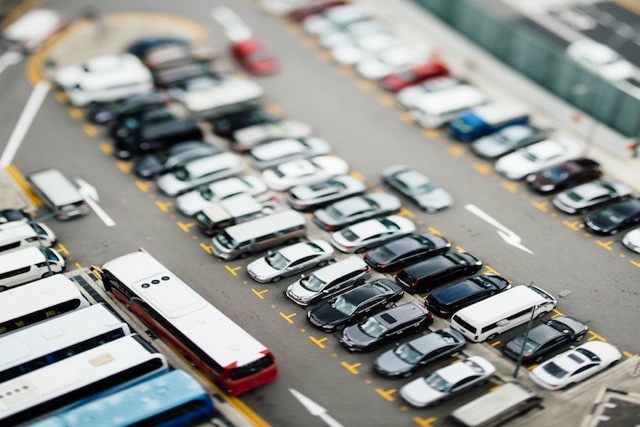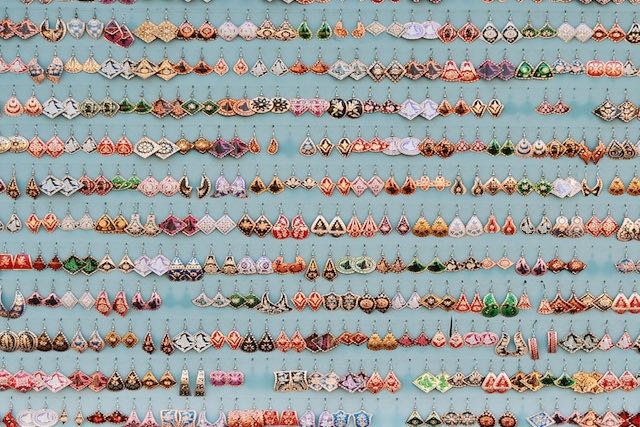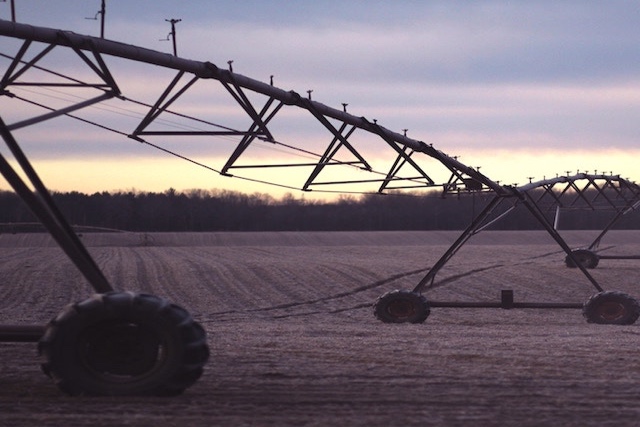Your 10 Step Guide to Importing Goods Into Australia
A guide to importing goods into Australia. Find out what you need to know before importing goods into Australia with our helpful checklist.
Importing goods into Australia can be a great way to expand what you offer to your customers, especially if you can’t find a local manufacturer. It’s important to be aware of the challenges, regulations, costs and more that come with importing from overseas.
Before you order your first container, read through our handy ten-step checklist and get the knowledge you need to understand what importing involves.
Related: Import Guides By Product and Country
Stay on top of your costs
Manage your international business costs, Receive regular updates on the exchange rate with our rate tracker.

-
1
Make sure you’re aware of importing laws and government regulations
The Australian Government has quite a few regulations you’ll need to follow if you’re importing goods. Fortunately, there are some great online resources to tell you what you need to know. All imports must follow government regulations. You can start by looking at the import rules from the Australian Border Force, who are the main agency responsible for clearing your goods through customs. Here’s another helpful guide from the Department of Agriculture on areas you’ll need to consider when you’re importing. -
2
Find out if you need a specific permit
There is no requirement for businesses or individuals to have an overall license to import goods into Australia, however you may need a permit to clear certain types of goods through customs.
Several categories of goods are restricted or prohibited from import. You can find a complete list here, but in general you will be prevented or restricted from importing dangerous chemicals, pharmaceuticals, narcotics, certain foods, weapons, tobacco, and some biological materials. Check the list for a complete guide and information on who to contact to request permission. Importing industrial chemicals also requires additional registration.
-
3
Learn if your goods will need to be quarantined
If you’re important plant, animal (including live plants and animals), mineral, or human products they will almost certainly need to be quarantined and treated for pests or other biological factors. You can find full details of quarantine rules in Australia here. -
4
Learn about the tariffs and taxes you’ll need to pay
You will almost certainly have to pay some taxes and tariffs on your imported goods. Spend some time learning about:
-
Import entry costs and processing charges which you can find here.
-
Understanding how to value goods for customs duty taxes.
-
Find out if you have to pay goods and services tax.
-
Getting the right tariff classification for your goods.
-
You’ll also need an Australian Business Number to claim tax credits and defer tax payments. You should contact your taxation office for more information.
-
-
5
Understand the charges for import duty, and goods and services sales tax
Here’s an estimation of the types of charges and fees you’ll need to pay:
If your goods are valued at over $1,000 AUD, you will almost certainly have to pay import duty and GST on them.
-
Import entry costs and processing charges – Customs will charge you a fee (typically under $200 AUD) for processing your goods.
-
Customs import duty is calculated as a percentage of the price you paid for the goods. The duty rate can range from 0% to 10%, but the rate for most goods is 5%.
-
Goods and services sales tax (GST) will also be charged based on the following:
-
The valuation of the goods plus;
-
The customs import duty amount plus;
-
The cost of insuring the goods and transporting them to Australia.
-
GST is charged at 10% of the final amount.
This is just intended as a general guide – These charges can be influenced by what you’re bringing in, excise taxes, free trade agreements, and many other factors. Please do check with customs for your individual circumstances.
-
-
6
Take advantage of any concessions
Some types of goods are eligible for concessions (reducing the amount of duty you need to pay). You can find out more information through this page.
-
7
Understand free trade agreements (FTAs)
Australia has a number of free trade agreements with other governments and countries around the world. These are designed to ease international trade barriers and reduce import costs. There’s lots of very useful information on FTAs here, based on the country you’re importing from.
-
8
Find out about other costs
There are several other costs you’ll need to be prepared for:
-
The cost of buying the goods in the first place.
-
Shipping and logistics costs for overseas and domestic shipping.
-
Freight handling charges levied by airports or seaports.
-
Insurance and other costs.
-
-
9
Make sure your goods are labelled accurately
At a minimum, imported goods must be properly labelled. This includes the country of manufacture and origin, a true description of the goods, a sender’s address, and a recipient’s address. The labels should be in English, attached to the goods in a prominent position and be clear and easy to read.
-
10
Avoid paying too much for currency
Fee free international transfers for your business
Importing comes with a lot of challenges including paying overseas suppliers. If you need to transfer money overseas, consider using OFX. They specialise in international payments and receipts for Australian businesses
OFX is a trusted partner of The Currency Shop. Click on this link , sign up and never pay a transfer fee for your international money transfers. Ever.
OFX charges no transaction fees. Minimum transfer A$250. Third party intermediary fees may still apply.

















